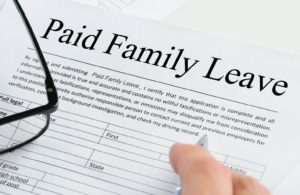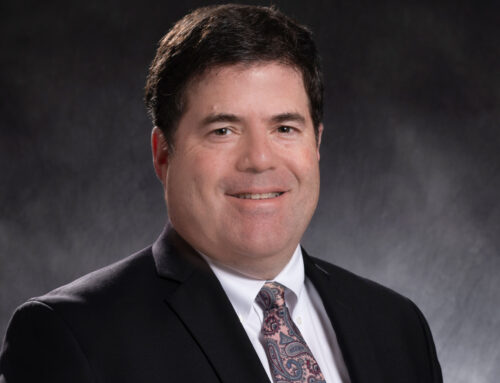By: Robert Stevens
The Corona Virus Aid, Relief, and Economic Securities Act, known as the CARES Act, has important provisions as they relate to the pay of employees. The Act modifies and works in conjunction with the Families First Coronavirus Response Act (“FFCRA”), which was signed by the President on March 24, 2020 and goes into effect April 1, 2020. Discussed below are key elements of the new laws.
The law applies to employers with 500 employees or fewer. Authority has been given to the Secretary of Labor to exclude certain health care providers or emergency responders from the definition of eligible employees and to exempt small businesses with fewer than 50 employees if compliance with the requirements would jeopardize the viability of the business as an ongoing concern.
Emergency Paid Sick Leave Act
There are two different manners in which employees can seek paid leave. The first is governed by the Emergency Paid Sick Leave Act. Payment under this act applies if an employee is unable to work or telework for one of the following reasons:
- Is subject to quarantine or isolation order;
- Has been advised by a health care provider to self-quarantine due to Coronavirus concerns;
- Is experiencing symptoms of Coronavirus and seeking a medical diagnosis;
- Is caring for an individual who is subject to quarantine or isolation order or has been advised by a health care provider to self-quarantine due to Coronavirus concerns;
- Is caring for their child if their school or day care has been closed, or the childcare provider is unavailable, due to Coronavirus precautions; or
- Is experiencing “any other substantially similar condition” specified by the Secretary of Health and Human Services in consultation with the Secretaries of the Treasury and Labor.
If the employee is out of work for reasons 1, 2, or 3, the employee is entitled to their regular pay up to a maximum of $511 per day for a 10-day benefit period. If out of work for reasons 4, 5, or 6, the employee is entitled to two-thirds of the regular pay up to $200 per day over the 10 day benefit period.
Paid sick leave is available for immediate use and does not require a waiting period or accrual. A full-time employee may request that the employer pay for 80 hours of mandated emergency paid sick leave instead of the initial 10 days of unpaid leave permitted by the Emergency Family and Medical Leave Expansion Act, which will be discussed below. However, the employer may not require the use of other paid leave before the employee uses the paid sick time provided under this section. Employers may not condition the paid sick time on the employee finding a replacement employee to cover the hours during which the employee is using paid sick time.
Emergency Family and Medical Leave Expansion Act
The second manner through which employees may seek paid sick time is pursuant to Emergency Family and Medical Leave Expansion Act contained in the FFCRA and modified by the CARES Act. This Act amends provisions of the Family Medical Leave Act for leave pursuant to COVID-19.
In order to receive paid family and medical leave pursuant to this section, the employee must have worked for the employer for at least 30 days prior to the designated leave period. The employee must not be able to work or telework due to the need to care for the employee’s child under the age of 18 years if the child’s school or place of care is closed or the childcare provider is unavailable due to a public health emergency.
The first 10 days “may consist of unpaid leave.” After 10 days, the employer must provide payment at a rate of 2/3 the employee’s usual rate of pay for the number of hours the employee would normally be scheduled to work, up to a maximum of $200 per day for an aggregate total of $10,000. The leave may continue for up to twelve weeks and most employers are required to restore the employee to their current position.
Robert Stevens is a litigation attorney and partner in the Lawrenceville, NJ law firm of Szaferman Lakind. He can be reached at 609-275-0400 or via email at rstevens@szaferman.com.






